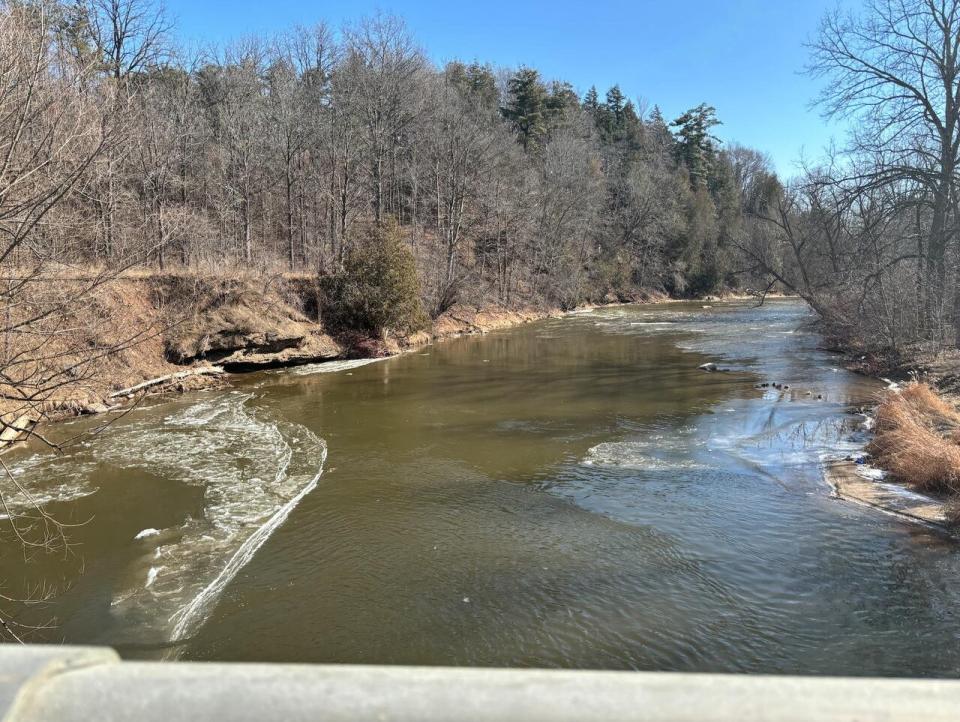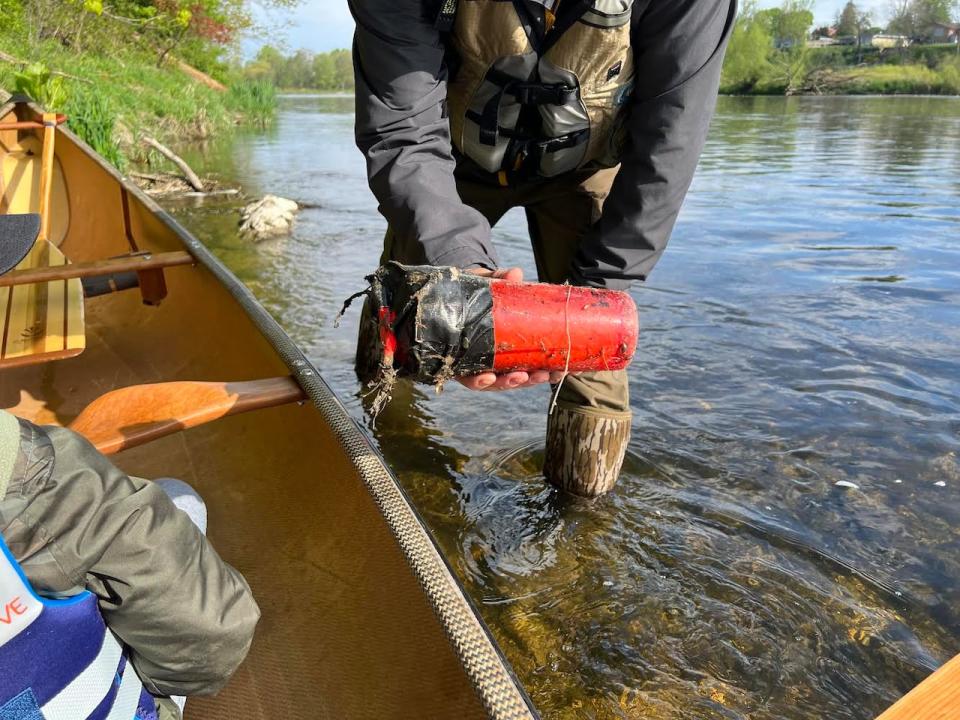Ritvik Manicka hasn’t finished high school yet, but he may have figured out how to mitigate plastic pollution in some of our rivers.
The Grade 11 Bishop Reding Secondary School student in Milton has always had an interest in how computer modelling can be applied in the real world. More specifically, he says he hoped to use it in an environmental application.
“For me… protecting our waterways is something of great importance and that I hold near and dear,” he said.
When he stumbled upon a University of Toronto website examining high traces of microplastics in Lake Ontario it got his mind thinking.
“What I wanted to understand is how do these plastics firstly get into Lake Ontario?” he said. “Surely there are the more obvious ways — one is that these plastics could be discarded into the lake either on purpose or by accident.”
But he needed some help to figure out the less obvious ways in which plastics dominate Ontario rivers. That’s when he and fellow student Suraj Subrahmanyan contacted the University of Toronto Trash Team.
They figured out how to deploy satellite-based water bottles into the Grand River, Credit River and Bronte Creek to see how it moves across the river system.
“We could potentially kind of predict how plastic that was disposed of in Kitchener would ultimately end up in Lake Ontario,” said Manicka.

“We’re leaving a problematic plastic legacy to the next generation,” said a spokesperson from Environmental Defence Canada. (Ritvik Manicka)
From there, the student-led project got funding from non-profit OceanWise, and through the team they could connect with professors from the University of Chicago, University of Chicago Loyola and University of New Hampshire.
“Together, they helped us essentially analyze the data and what the bigger implications are.”
Tracking plastic
According to Karen Wirsig, senior program manager for plastics at Environmental Defence Canada, seeing young people interested in mitigating plastic pollution is “really encouraging.”
“Plastic is such a ubiquitous pollutant,” she said. “But it’s also something that’s an intimate pollutant because we all come into so much contact with it everyday.”
“So seeing students taking an interest in what happens to it in the environment is really important.”
The bottles that Manicka and his team placed into the rivers were satellite-based blender bottles, with a little bit of clay to add some weight.
“Think of it as a kind of boat, that the bottle is buoyant — so it’s kind of like boat with the satellite tracker always facing up towards the sky.”


The bottles that Manicka and his team placed into the rivers were satellite-based blender bottles, with a little bit of clay to add some weight. (Ritvik Manicka)
In Kitchener, they were able to find where the plastics stopped and accumulated in large numbers.
“We were able to get a hold of their specific coordinates, and we were able to send this data to the Grand River Conservation Authority, the city of Kitchener, the city of Brantford,” he said.
Those institutions have since been able to take measures to increase cleanup efforts since hearing of the data, according to Manicka.
Another significant piece of data that was found was understanding how these plastics move.
“We realized this is primarily based on weather events,” he said. “Be it high rainfall events, which increases the water level — and with increased water levels there’s often greater water power.”
“We also found that wind speed and wind direction in the direction that the river is flowing also further increases mobilizations.”
Looking ahead
Manicka says this data has generally not been studied in the Grand River or major Toronto suburbs before.
“That was really significant for us to even find out that this takes place,” he said.
Researching how plastics move through waterways is important to finding solutions before they end up in Lake Ontario, says Manicka.
From there, it really ends up having an environmental impact and could create health concerns.
“Once these plastics enter Lake Ontario, they can break down into smaller microplastics and nano-plastics. And at the nano-plastics scale they cannot be filtered out from our drinking water treatment plant. They could ultimately end up in our drinking supply.”
Wirsig, who has been in touch with the project, agrees that the rivers the students have studied are in populous areas that flow into the great lakes, and not just Lake Ontario.
Those plastics get broken down into particles not noticeable to the human eye, from car tires to fibres from clothing in addition to water bottles and packaging.
We need to begin to think of how we’ll clean all that plastic for those to come, says Wirsig.
“We’re leaving a problematic plastic legacy to the next generation,” she said.

